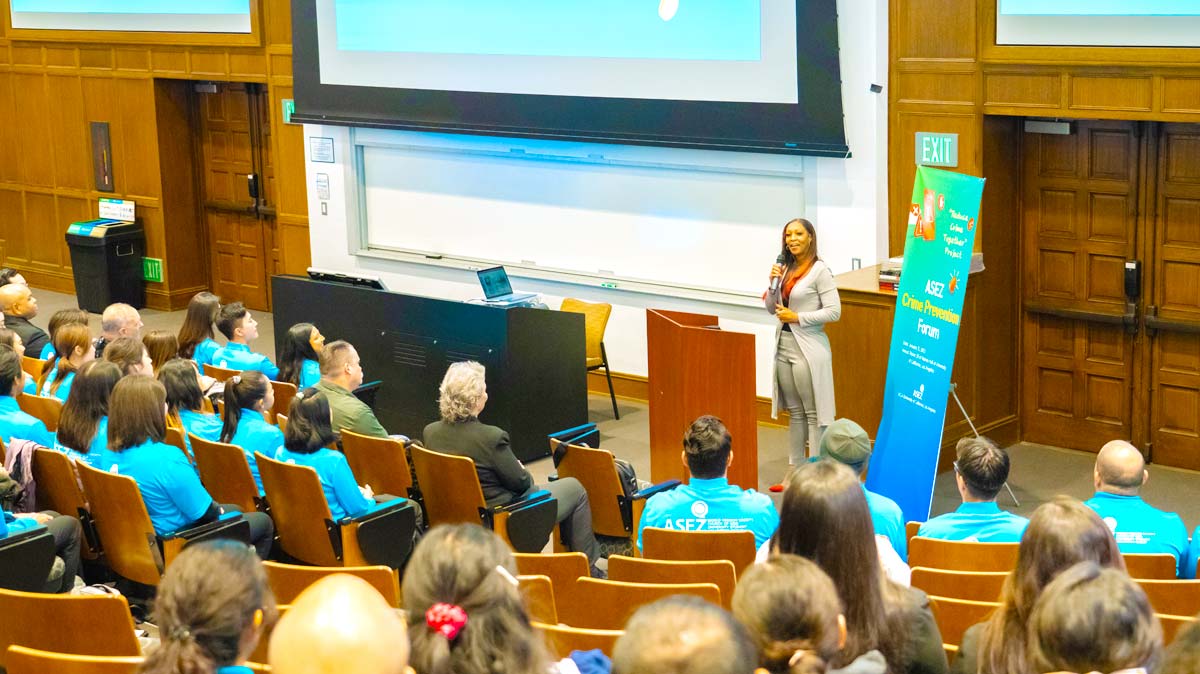
“We See What We Expect”
The Pygmalion effect refers to a psychological phenomenon where higher expectations lead to improved performance in others. Essentially, it means that what we believe, predict, and expect tends to come true.

This idea comes from an ancient Greek myth about a sculptor named Pygmalion. Pygmalion fell in love with a statue he had made and begged the gods for a wife resembling its likeness. His fervent desire brought the statue to life. Thus, it is a phenomenon wherein expectations and beliefs come true in real life.
Evidence of the Pygmalion Effect: Rosenthal Effect
In 1968, Professor Robert Rosenthal of Harvard University conducted an experiment on the Pygmalion effect with elementary school students in California, U.S. The experiment was carried out as follows:

First, he administered an IQ test to the students who participated in the study. Then he randomly selected 20% of the students, irrespective of their IQ test results, and informed the teachers that these students were considered to have high academic potential. After some time passed, the scores of the notified students were disclosed. Surprisingly, the grades of the notified students had improved, compared with the past. The teachers guided the selected students, believing them to be intellectual bloomers, and the students responded in accordance with those expectations. The Pygmalion effect proved that positive reactions and encouragement from teachers have a positive effect on students’ academic improvement, regardless of their IQ. This is also coined as the “Rosenthal Effect” named after the researcher. [1]
How the Pygmalion Effect Works: Self-Fulfilling Prophecy
The Pygmalion effect, also known as a self-fulfilling prophecy, is cited by sociologist William Isaac Thomas, who stated, “If men define situations as real, they are real in their consequences.” In a context where positive expectations lead to positive outcomes and negative expectations lead to negative outcomes, this phenomenon is applied in a broader sense, compared with the Pygmalion effect. In the Pygmalion effect, which is similar to a self-fulfilling prophecy, expectations and beliefs are manifested in reality. [2] The operation of the Pygmalion effect can be understood as progressing through 4 stages in a cyclical pattern:
Others’ beliefs about us shape their conduct toward us.
Their conduct toward us influences our beliefs about ourselves.
These beliefs in turn, impact our actions toward others.
Our actions toward others influence their beliefs about us, thereby returning us to the initial stage. [1]
In other words, others’ expectations of us can eventually influence our behavior in a significant way, and in that process, our wishes come true.
A Hopeful Future: ASEZ

ASEZ is an abbreviation of “Save the Earth from A to Z,” which means university students change the world. ASEZ’s mission is to create a happy world through individual change. The crises currently facing mankind, such as climate disasters and crimes, stem from human indifference and selfishness.
We hold the power to transform our current despair into future hope and our present frustration into future happiness. The power within each of us may seem weak, but by taking action, beginning with ourselves, we can bring change in our society and the world. Even in the face of negative circumstances, if we collectively solve the problems we encounter, a hopeful future for mankind will soon unfold.

ASEZ seeks solution to the challenges of the global village by raising awareness and promoting actions of university students, the leaders of the future generations. Young adults, recognizing that the challenges confronting future generations belong to their own, come together in solidarity, collaborating proactively to bring change in society. Our actions shape our future. Therefore, ASEZ is confident that the hopeful future we envision will indeed come to fruition.
And our hope is being fulfilled. Let us hear the voices of young adults around the world through ASEZ’s activities. And let us participate in the change. Our faith becomes reality when it is put into practice. One signature in support of an environmental campaign, one commitment to street cleanup, or a pledge to reduce plastic usage, alongside a demonstration of interest in environmental and human rights issues, all contribute to a substantial movement. Let us believe that we are the protagonists who change the world. Beliefs make attitudes, attitudes lead to actions, and actions turn beliefs into reality.
The Future Starts Here.